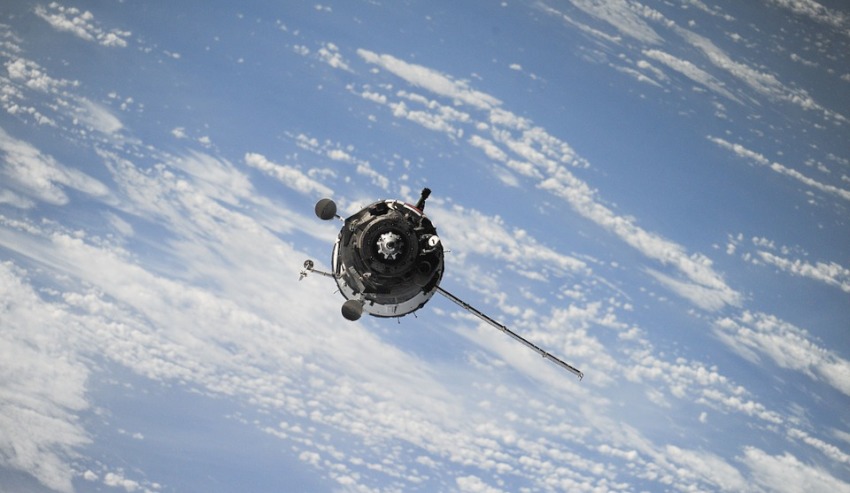Geostationary orbit is also known as the “Clarke belt” – science fiction writer Sir Arthur C Clarke forecast it back in 1945. The further up that satellites orbit, the slower they need to travel to overcome Earth’s gravity.
Orbiting at approximately 36 000 km altitude directly above the equator, satellite velocity precisely matches Earth’s rotation, enabling them to hover above the same spots in the sky.
The result has been called the most valuable real estate in our solar system: a 265 000 km ring of telecommunications, meteorology and other satellites around our planet, carefully regulated by the International Telecommunication Union.
Despite its economic value, however, geostationary orbit – as well as adjacent geosynchronous orbits – must contend with the same problems of space debris also seen in lower orbits.
ESA and other space agencies perform regular monitoring to identify and track potentially hazardous debris items. This is usually done using either high-power radar or high-performance astronomical telescopes.
Tat-Jun Chin of the University of Adelaide, partnering with ESA on the competition said, “Geostationary orbit is generally well managed and documented, partly because of its immense practical and commercial value. However, precisely because of that value, we should put more efforts into further understanding and protecting it.”
The University of Adelaide team coincidentally acquired these images during an observing campaign last Australian summer, so forest fire smoke adds to the observing difficulty.
“Deep learning algorithms can be trained through such datasets to detect visual features of interest. Researchers in AI – particularly computer vision and machine learning – understand that having common datasets is vital towards making progress.
“These allow different methods to be compared objectively, so that the community can learn the best practices, then apply them for their respective problems. Generally speaking, sharing datasets in space research is not so common, but the excellent Kelvins competitions are changing this, and after getting to know the ACT, we decided to contribute our own,” Jun Chin added.
Tat-Jun Chin and his team made contact with the ACT after winning the Pose Estimation Challenge, their previous space-themed AI competition, on estimating the orientation of distant satellites from a dataset of still images.
This is the latest competition hosted at the ACT’s Kelvins website, named after the temperature unit of measurement – with the idea that competitors should aim to reach the lowest possible error, as close as possible to absolute zero.

